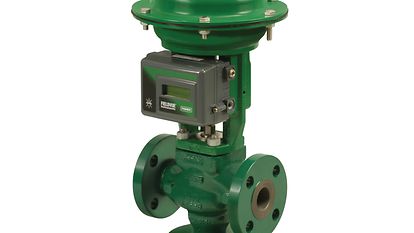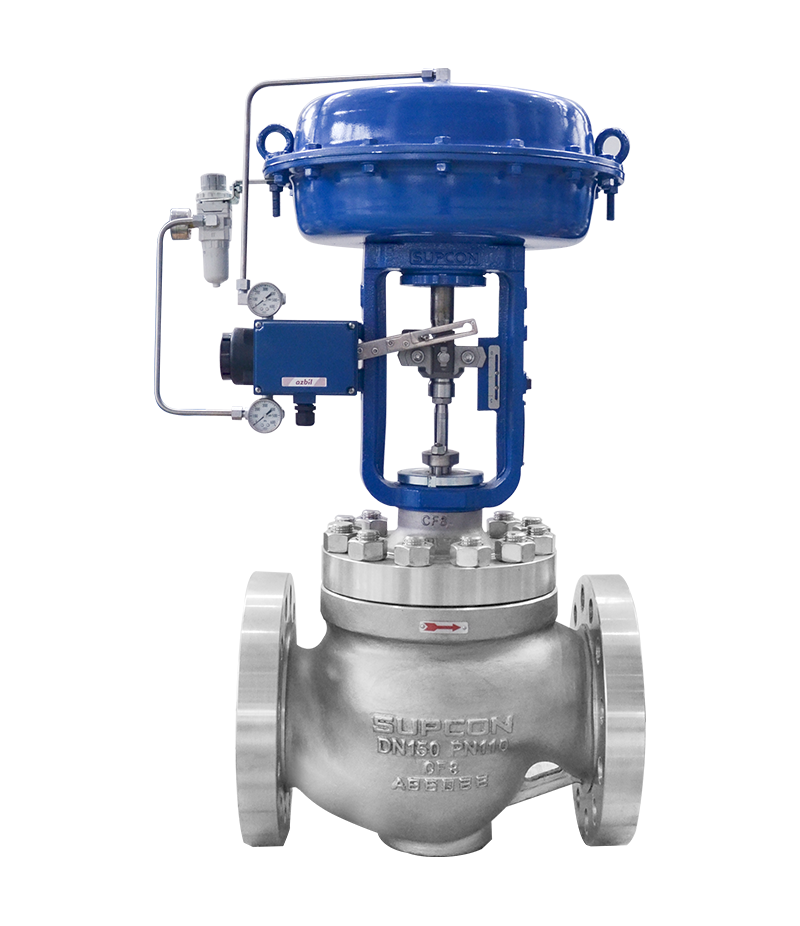
Maximize Power Cost Savings and Convenience With Advanced Structure Automation Controls
In the realm of modern-day architecture and facility monitoring, the integration of advanced structure automation manages stands as an essential innovation. The merging of technology and sustainability has birthed a new era where energy efficiency, convenience optimization, and functional streamlining are no much longer possible facts however far-off desires. By taking advantage of the power of automation, structures can adapt, respond, and develop in manner ins which were as soon as unimaginable. The potential for significant energy cost savings and boosted convenience is not simply a possibility yet a promise waiting to be met. This standard shift in structure administration holds the crucial to unlocking a globe where ecological conscientiousness and occupant well-being harmoniously exist together within the walls of our structures.
Power Efficiency Perks
Power effectiveness benefits can dramatically lower energy intake and operational costs in buildings. Energy-efficient systems, such as advanced structure automation controls, can enhance the usage of sources like cooling, lights, and heating, leading to lower energy expenditures over time.
In addition, improved energy efficiency can prolong the life expectancy of building tools and systems. By running extra efficiently, cooling and heating systems, light, and other structure parts experience much less deterioration, causing reduced maintenance and replacement costs. Additionally, energy-efficient buildings commonly command higher property worths and rental prices, providing lasting monetary benefits to owners.
Additionally, power performance can enhance passenger comfort and efficiency. Appropriately controlled indoor environments with ideal lights and thermal problems produce a more conducive and pleasant workspace, causing improved employee fulfillment and efficiency. In general, the power performance benefits connected with innovative structure automation controls are multifaceted, incorporating cost savings, ecological stewardship, and passenger health.
Enhanced Convenience Control
Enhancing comfort control in structure environments calls for a sophisticated integration of sophisticated automation systems for optimum owner well-being. By making use of advanced structure automation controls, centers can customize the indoor atmosphere to fulfill the particular requirements and choices of residents. These systems allow specific law of temperature level, ventilation, and lighting, producing a productive and comfortable environment. Passenger complete satisfaction and productivity are very closely connected to thermal comfort, making it important to have systems in location that can adapt to changing conditions in real-time.
Boosted comfort control surpasses basic temperature adjustments. It includes functions such as individualized settings, occupancy sensing units, and all-natural light use to produce a receptive and vibrant atmosphere. By including these innovative controls, structures can not just enhance comfort yet also enhance energy performance by enhancing system procedures based upon actual tenancy and use patterns. Eventually, focusing on resident comfort via sophisticated automation systems brings about an extra enjoyable and much healthier interior atmosphere.
Functional Performance Improvements

Additionally, the execution of real-time surveillance and analytics tools allows structure drivers to determine energy ineffectiveness and operational anomalies without delay. By continually keeping track of power usage patterns and system performance metrics, modifications can be made in real-time to optimize energy intake and make sure peak functional efficiency. control valves. Furthermore, including need response approaches into structure automation controls can additionally boost operational efficiency by dynamically changing power use based on grid problems and pricing signals
Indoor Environment Optimization
Efficient indoor environment optimization is an essential element of structure automation controls, making sure residents' convenience and health while making the most of energy cost savings. By using innovative sensing units and controls, developing automation systems can continually keep an eye on and change temperature, moisture degrees, air quality, and air flow to develop an optimal indoor environment. Maintaining comfortable and regular problems not only enhances resident fulfillment yet likewise boosts efficiency and total well-being.
Indoor environment optimization additionally plays a vital function in energy efficiency. By fine-tuning ventilation, cooling, and heating systems based upon real-time information and tenancy patterns, developing automation controls can dramatically lower power intake - control valves. Executing strategies such as demand-controlled ventilation and thermal zoning can help lessen energy waste while making sure that each location of the structure receives the required conditioning.

Sustainable Atmosphere Development
Building automation manages not just Check Out Your URL enhance indoor climate problems for energy effectiveness and owner convenience however additionally lay the structure for producing a sustainable atmosphere through strategic monitoring of systems and sources. By incorporating advanced building automation technologies, such as sensors, actuators, and smart software application, centers can change and monitor power usage in real-time to minimize waste and reduce their carbon impact. These systems allow predictive upkeep, identifying potential concerns prior to they escalate and enhancing tools efficiency to boost longevity and efficiency.
Moreover, lasting setting creation expands past energy monitoring to encompass water conservation, waste reduction, and indoor air high quality renovation. find out here Structure automation controls can manage water use, identify leakages, and make certain correct garbage disposal practices, adding to general sustainability efforts. In addition, by monitoring and managing ventilation and filtration systems, these modern technologies improve resident health and wellness and efficiency while reducing energy usage connected with a/c operations.
Conclusion
To conclude, progressed structure automation controls deal considerable advantages in regards to power financial savings, comfort control, operational efficiency, interior environment optimization, and producing a sustainable environment. By carrying out these controls, buildings can attain optimal efficiency while lowering power intake and enhancing passenger convenience. It appears that making use of innovative automation modern technology is critical in enhancing building performance and producing a more lasting future.
Energy efficiency benefits can considerably reduce power intake and operational costs in structures. Generally, the energy effectiveness benefits linked with sophisticated building automation controls are complex, including price financial savings, ecological stewardship, and occupant well-being.
Additionally, integrating need feedback techniques right into building automation controls can additionally boost operational performance by dynamically adjusting energy use based on grid conditions and pricing signals.
Structure automation regulates not only maximize interior climate conditions for energy efficiency and occupant convenience site link but also lay the foundation for developing a sustainable atmosphere with strategic monitoring of sources and systems.In verdict, progressed building automation controls deal considerable benefits in terms of power savings, comfort control, functional efficiency, interior environment optimization, and developing a sustainable environment.
Comments on “Understanding the Relevance of Control Valves in Process Automation”